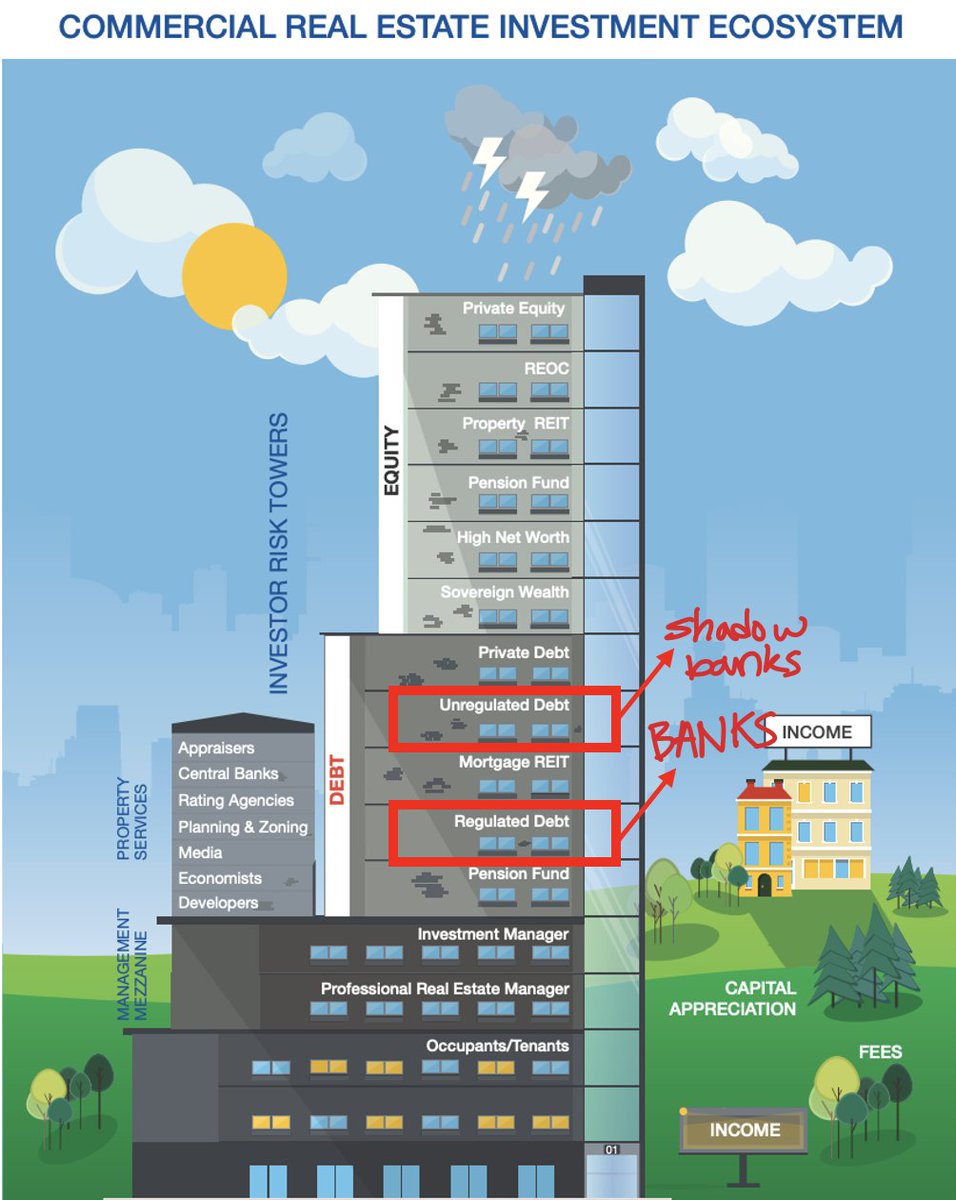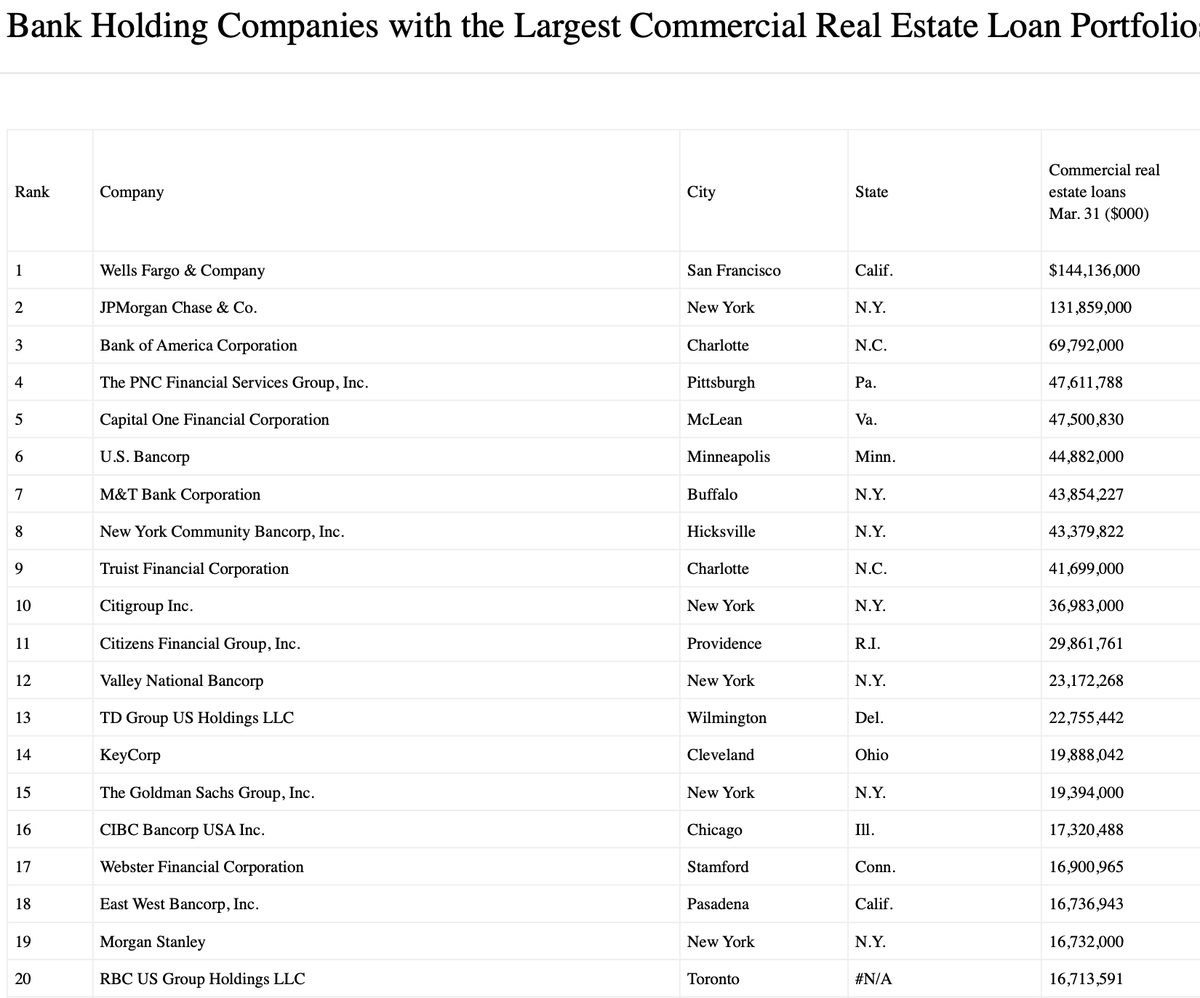💻Tech Sector Primer: Catalysts, KPIs, Valuation Multiples & Red Flags 💻
The analyst next door won't shut up about the weather. "Cloud. Fog. Lakes. $SNOW!"
Soon it'll be animals. "Hive. Pig. Python!"
Welcome to tech, the most confusing sector w/ the most confused investors.
👇
The analyst next door won't shut up about the weather. "Cloud. Fog. Lakes. $SNOW!"
Soon it'll be animals. "Hive. Pig. Python!"
Welcome to tech, the most confusing sector w/ the most confused investors.
👇

1/ Subsectors
Tech is a vast umbrella, spanning different business models with different go-to-markets, customers & KPIs.
Creating a good market map is the #1 challenge. Go too broad & everything looks like SaaS; go too deep & your brains'll blow out fast.
Tech is a vast umbrella, spanning different business models with different go-to-markets, customers & KPIs.
Creating a good market map is the #1 challenge. Go too broad & everything looks like SaaS; go too deep & your brains'll blow out fast.
Here's how i segment the land:
A. Consumer tech:
- internet/mobile apps
- hardware & IoT
B. Enterprise tech:
- SaaS
- services
- infrastructure (software, data, & IT/network)
- hardware & semis
For each subsector I'll cover its business models, metrics, catalysts & multiples.
A. Consumer tech:
- internet/mobile apps
- hardware & IoT
B. Enterprise tech:
- SaaS
- services
- infrastructure (software, data, & IT/network)
- hardware & semis
For each subsector I'll cover its business models, metrics, catalysts & multiples.
2 Consumer Tech
The name of the game is "growth at all cost."
i.e. Gain market share, build network effects, erect barriers to entry. Survival depends on blitzkrieg.
Common business models:
-ads
$FB, $TWTR
-freemium
$RBLX, $BMBL
-transaction fee
$ABNB, $UBER
-subscription
$NFLX
The name of the game is "growth at all cost."
i.e. Gain market share, build network effects, erect barriers to entry. Survival depends on blitzkrieg.
Common business models:
-ads
$FB, $TWTR
-freemium
$RBLX, $BMBL
-transaction fee
$ABNB, $UBER
-subscription
$NFLX
Key metrics that drive stock performance:
-DAUs/MAUs (daily/monthly active users)
-Engagement (hours per day)
-ARPU (avg revenue per user)
-Revenue growth
-CAC (customer acquisition cost)
-GMV (for marketplaces)
Where to find them?
-Earnings presentations
-10K/Qs
-App Annie
-DAUs/MAUs (daily/monthly active users)
-Engagement (hours per day)
-ARPU (avg revenue per user)
-Revenue growth
-CAC (customer acquisition cost)
-GMV (for marketplaces)
Where to find them?
-Earnings presentations
-10K/Qs
-App Annie
Catalysts
-Earnings
-New product announcements
-Product releases
-Data releases from AppAnnie, 7Park, Yipit, etc. which report on daily downloads, average engagement, customer reviews, sentiment, etc.
-M&A
-Outages/downtime
-Data breaches
-Anti-trust regulations (for FAANG)
-Earnings
-New product announcements
-Product releases
-Data releases from AppAnnie, 7Park, Yipit, etc. which report on daily downloads, average engagement, customer reviews, sentiment, etc.
-M&A
-Outages/downtime
-Data breaches
-Anti-trust regulations (for FAANG)
Valuation multiples
-P/S (price to sales)
Since many consumer tech co's are still negative profit, this subsector trades on P/S (revenue) rather than P/E.
Highlighting some ballpark P/S multiples:
-social media: 9.4x avg
-marketplace: 4.6x
-gaming: 5.9x
-hardware: 3.3x
-P/S (price to sales)
Since many consumer tech co's are still negative profit, this subsector trades on P/S (revenue) rather than P/E.
Highlighting some ballpark P/S multiples:
-social media: 9.4x avg
-marketplace: 4.6x
-gaming: 5.9x
-hardware: 3.3x

Key Concerns To Address During Due Diligence
- Is CLV > CAC?
- Are operating margins improving over time (i.e. economies of scale)?
- When will the company turn a profit?
- Is it defensible? Have they built network effects?
- How much valuation premium comes from the brand?
- Is CLV > CAC?
- Are operating margins improving over time (i.e. economies of scale)?
- When will the company turn a profit?
- Is it defensible? Have they built network effects?
- How much valuation premium comes from the brand?
3a/ Enterprise SaaS
It's all about distribution & stickiness.
Distribution: Does XYZ co have the right channel partners? The right reach & relationships in its target customer base?
Stickiness: Does XYZ's product integrate w/ all the other major SaaS products its customers use?
It's all about distribution & stickiness.
Distribution: Does XYZ co have the right channel partners? The right reach & relationships in its target customer base?
Stickiness: Does XYZ's product integrate w/ all the other major SaaS products its customers use?
Lifecycle of a typical sale:
1. Introduction via marketing campaign, referral, RFP, or cold outreach
2. Demo
3. Establish conversion criteria
4. PoC (free or paid trial)
5. Close deal, complete procurement
6. Customer onboard
7. Upsell more shit during service term
8. Renewal🙏
1. Introduction via marketing campaign, referral, RFP, or cold outreach
2. Demo
3. Establish conversion criteria
4. PoC (free or paid trial)
5. Close deal, complete procurement
6. Customer onboard
7. Upsell more shit during service term
8. Renewal🙏

Popular Business Models:
- subscription & tiered licensing (often 3-5y contract terms)
e.g. $CRM, $ADBE,
- pay per usage (common for API-based SaaS products & computationally-intensive dev tools)
e.g. AWS, GCP, Azure
- subscription & tiered licensing (often 3-5y contract terms)
e.g. $CRM, $ADBE,
- pay per usage (common for API-based SaaS products & computationally-intensive dev tools)
e.g. AWS, GCP, Azure
Key metrics that drive stock performance:
- Revenue growth
- RPO (remaining performance obligation)
- Operating margin
- Avg TCV (total contract val)
- NRR (net retention revenue)
- Strategic accounts (# of customers from F100)
- Diversification of client base
- Integrations
- Revenue growth
- RPO (remaining performance obligation)
- Operating margin
- Avg TCV (total contract val)
- NRR (net retention revenue)
- Strategic accounts (# of customers from F100)
- Diversification of client base
- Integrations
Some of these metrics require deeper explanation:
-RPO & TCV: Since total contract sizes tend to be big in enterprise tech (6+ figures)& licenses span multiple years, companies can't record full TCV upfront which leads to RPO -- aka future revenue that is *basically* guaranteed.
-RPO & TCV: Since total contract sizes tend to be big in enterprise tech (6+ figures)& licenses span multiple years, companies can't record full TCV upfront which leads to RPO -- aka future revenue that is *basically* guaranteed.

- NRR, renewal rate, customer churn:
These are all related. Company mgmt will never explicitly use the word "churn" in an earnings call or presentation, but instead report a <100% NRR score.
Sometimes, they'll break down NRR into "upsells" and "downsells".
These are all related. Company mgmt will never explicitly use the word "churn" in an earnings call or presentation, but instead report a <100% NRR score.
Sometimes, they'll break down NRR into "upsells" and "downsells".

2 Metrics that mgmt will not report but are absolutely critical:
- Conversion rate from PoC to paid contract
- Avg sales cycle
Why not report?
- low conversion from PoC means low demand & dim future growth
- long sales cycle flies in the face of "the product sells itself!"
- Conversion rate from PoC to paid contract
- Avg sales cycle
Why not report?
- low conversion from PoC means low demand & dim future growth
- long sales cycle flies in the face of "the product sells itself!"
So... how do I find these metrics?
Interview people
a) If u have access to expert networks like GLG or Guidepoint, use it. Ask ex-executives that worked at similar companies to tell you the truth.
b) If u don't, then get creative. Make an alt identity & reach out to ppl on Lnkd.
Interview people
a) If u have access to expert networks like GLG or Guidepoint, use it. Ask ex-executives that worked at similar companies to tell you the truth.
b) If u don't, then get creative. Make an alt identity & reach out to ppl on Lnkd.
Catalysts
-Earnings
-Partnership announcements
-New strategic account (press releases)
-Strategic account churns
-Integration announcements
-M&A
-Outages/downtime
-Data breaches
-Anti-trust regulations (for AWS, GCP)
-Earnings
-Partnership announcements
-New strategic account (press releases)
-Strategic account churns
-Integration announcements
-M&A
-Outages/downtime
-Data breaches
-Anti-trust regulations (for AWS, GCP)
Valuation Multiples
While mature SaaS companies w/ positive cash flow can trade on earnings or EBITDA, the reality is that investors still value everything off sales to compare apples to apples w.r.t. recently-IPO'd comps.
Chart below shows EV/revenue on some example SaaS co's:
While mature SaaS companies w/ positive cash flow can trade on earnings or EBITDA, the reality is that investors still value everything off sales to compare apples to apples w.r.t. recently-IPO'd comps.
Chart below shows EV/revenue on some example SaaS co's:

3b/ Enterprise Services
The name of the game is "pretend you're SaaS and watch your valuation moon."
No doubt the line btw SaaS and services has gotten blurrier. There are 2 culprits:
1. tech is hard to understand
2. it's easy to shovel revenue from services to "subscription."
The name of the game is "pretend you're SaaS and watch your valuation moon."
No doubt the line btw SaaS and services has gotten blurrier. There are 2 culprits:
1. tech is hard to understand
2. it's easy to shovel revenue from services to "subscription."
Dead Giveaway Signs of Service-Pretending-to-be-SaaS:
- high SKU count: ok look, you can't be a newborn IPO company and have 25 "products" on the market
- 70% of the team on LNKD has titles "sales engineer", "forward deployed engineer" or "solutions engineer"
Egregious examples:

- high SKU count: ok look, you can't be a newborn IPO company and have 25 "products" on the market
- 70% of the team on LNKD has titles "sales engineer", "forward deployed engineer" or "solutions engineer"
Egregious examples:


Catalysts:
{Everything from SaaS}
Key Metrics:
- operating margins
- contribution margin
- free cash flow
After investors figure out you're actually 80% services & your AI is actually a team in the Philippines of humans pretending to be robots... they start caring about profit.
{Everything from SaaS}
Key Metrics:
- operating margins
- contribution margin
- free cash flow
After investors figure out you're actually 80% services & your AI is actually a team in the Philippines of humans pretending to be robots... they start caring about profit.
3c/ Data Infra, Software Infra, & IT Infra
I'll lump these 3 together because everything else is the same except valuation multiples.
Data > software > IT/network.
Where does AWS fall? 🤷♀️
How about SNOW?🤷♀️
How about SUMO? DDOG? NOW? 🤷♀️🤷♀️🤷♀️
What's the diff btw TWLO & VG?🤷♀️
I'll lump these 3 together because everything else is the same except valuation multiples.
Data > software > IT/network.
Where does AWS fall? 🤷♀️
How about SNOW?🤷♀️
How about SUMO? DDOG? NOW? 🤷♀️🤷♀️🤷♀️
What's the diff btw TWLO & VG?🤷♀️
Valuation multiples
- P/S, again. Hopefully you've picked up on the pattern now.
- Can someone pls explain to me why $SNOW is at >50x TTM sales?
- P/S, again. Hopefully you've picked up on the pattern now.
- Can someone pls explain to me why $SNOW is at >50x TTM sales?

If you're still with me, thanks for sticking through!
I'll cover the semiconductor industry in a separate thread since it's massively different & this thread's getting too long.
Until next time! 👋
I'll cover the semiconductor industry in a separate thread since it's massively different & this thread's getting too long.
Until next time! 👋
• • •
Missing some Tweet in this thread? You can try to
force a refresh



















